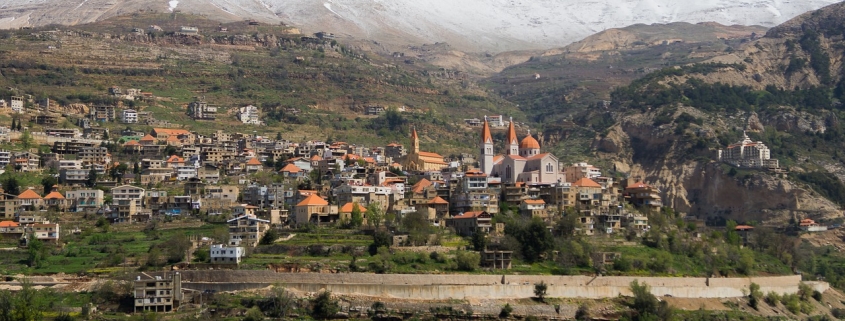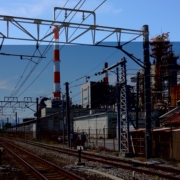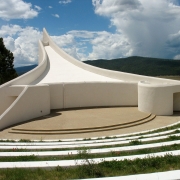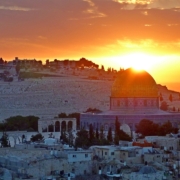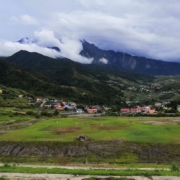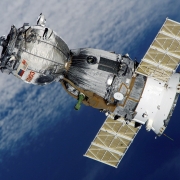What happened in the South Lebanon conflict?
Topic of Study [For H1/H2 History Students]:
Paper 1: Safeguarding International Peace and Security
Section B: Essay Writing
Theme III Chapter 2: Political Effectiveness of the UN in maintaining international peace and security
What happened in South Lebanon?
This conflict is part of a protracted Arab-Israeli conflict, which we have examined in two earlier articles, namely the Palestinian War (1948) and the Suez Canal Crisis (1956). Following the Six-Day War (1967) and the Yom-Kippur War (1973), the Palestinian conflict began in South Lebanon (1978 and 1982). In general, it is an Israeli-Lebanese conflict that broke out due to the Israeli invasion of Lebanon. Eventually, after a series of failed attempts, the Palestinian forces withdrew from Lebanon in 1989 and the Israel Defense Forces (IDF) left in 2000.
In the following section, we will find out what happened in South Lebanon and understand the roles of the involved parties, namely, Palestinians, Lebanon, Israel and the United Nations.
1. [Palestinians] Flight of the refugees
Ever since the creation of Israel in 1948, the Arab-Israeli conflict resulted in the mass exodus of Palestinians. Many Palestinians fled to Lebanon, which was recognised as one of the more wealthy nations as compared to the Arab countries. By mid-1970s, nearly one-fifth of the population in South Lebanon (including Beirut) comprised of Palestinians.
The problem began with the existence of the Palestinian Liberation Organisation (PLO), which was formed in 1964 to achieve the ‘liberation of Palestine) via violent and armed means, particularly directed towards the Israelis. In this case, the refugees based in South Lebanon sided with the PLO.
On 11 Mar 1978, the Coastal Road massacre took place, in which the PLO faction (Fatah) hijacked a bus and killed 38 Israeli civilians. The PLO had planned to use the hostages to demand the release of Palestinian prisoners.
2. [Israel] Swift military retaliation
In response to the terrorist attack, Israel began ‘Operation Litani’ three days later. The Israel Defense Forces (IDF) conducted the invasion of South Lebanon via the Litani River. Within a week, Israel forces occupied the southern part. As the operation involved land, air and naval bombardment, many Lebanese and Palestinian refugees were displaced. Subsequently, the Lebanese Government requested help from the United Nations.
3. [United Nations] Futile attempts to call for ceasefire and conflict resolution
Then, the Security Council passed Resolution 425 and Resolution 426, which demanded the withdrawal of Israeli troops from Lebanon. To enforce this mandate, the UN Interim Force in Lebanon (UNIFIL) was established.
However, non-cooperation by the IDF and PLO proved problematic for the UN. For instance, the PLO argued that the Resolution was not applicable due to its lack of specification in requesting the withdrawal of the PLO. Although Israel eventually handed over their position to the South Lebanon Army (SLA) in Jun 1978, the SLA attacked the UNIFL headquarters. Similarly, the Palestinian factions attacked the UNIFIL, thus hindering the area of operations.
On 6 Jun 1982, Israel invaded Lebanon again. This time, it was known as the ‘Operation Peace for Galilee’. The main aim of the Operation was to force the departure of the PLO from South Lebanon. As the IDF expelled the PLO, the SLA (led by Saad Haddad) restricted the movement of the UNIFIL. Unfortunately, the UN thus limited to humanitarian assistance, rather than peacekeeping.
4. [USA] Alternative solutions
As conflict resolution appeared unlikely, other countries sought alternative methods. In Aug 1982, the US led the creation of a ‘Multinational Force’ (MNF) in Lebanon that also involved France, UK and Italy to oversee the withdrawal of PLO forces from Lebanon.
However, the MNF was unable to prevent the outbreak of hostilities. In fact, the MNF was also attacked, as seen by the bombing at the Beirut barracks in Oct 1983 that caused the deaths of nearly 300 peacekeepers. Frustrated by the failures, the MNF withdrew as well.
What was the outcome?
In conclusion, the UN operation in South Lebanon was a failure due to the non-compliance of local military factions (IDF, SLA and PLO). The Lebanese Civil War later ended in 1990, in which Syria occupied Lebanon. Both Palestinians and the Israelis withdrew from Lebanon in 1989 and 2000 respectively.
What can we learn from this case study?
Consider the following questions to understand the case study better:
– Which were more significant obstacles to the UN: Local parties or operational constraints?
– How far do you agree that inaction of the Security Council was the main reason for the failures of the peacekeeping operation in the Lebanon conflict? [to be discussed in class]
The H2 and H1 History Tuition feature online discussion and writing practices to enhance your knowledge application skills. Get useful study notes and clarify your doubts on the subject with the tutor. You can also follow our Telegram Channel to get useful updates.
We have other JC tuition classes, such as JC Math Tuition and JC Chemistry Tuition. For Secondary Tuition, we provide Secondary English Tuition, Secondary Math tuition, Secondary Chemistry Tuition, Social Studies Tuition, Geography, History Tuition and Secondary Economics Tuition. For Primary Tuition, we have Primary English, Math and Science Tuition. Call 9658 5789 to find out more.

